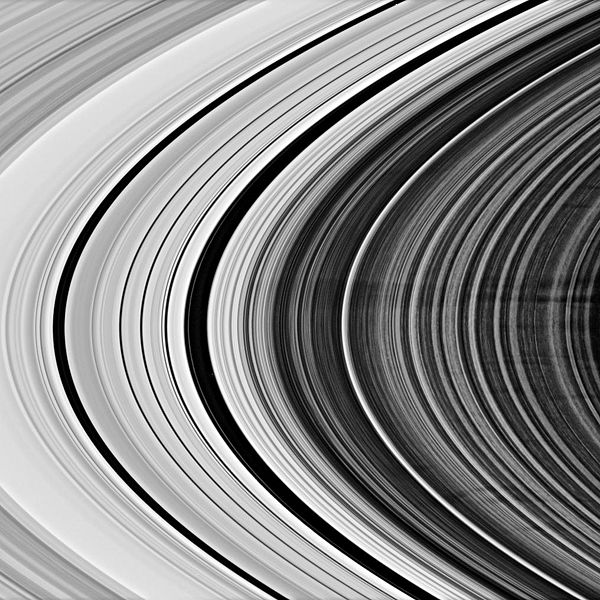
Although most of the hype this summer has been directed at Comet NEOWISE, you may be able to see Saturn from your home now that the comet is beginning to fade from view. On July 28, 2020, I was able to see the ringed planet with the naked eye from my neighborhood in Northwest Reno, Nevada.
Saturn, like fellow gas giant Jupiter, is a massive sphere composed mainly of hydrogen and helium. It the sixth planet from the Sun and the second-largest planet in the solar system Earth calls home. Saturn is renowned for its countless layers of beautiful ringlets of dust and rock, making it unique among the planets. Although other planets in the solar system, including Uranus, have rings, none of the other planets orbiting the Sun rival the size, symmetry, and spectacle of Saturn’s ring pattern.

In the summer sky just after sunset for the past few evenings, I have been able to see Jupiter and Saturn rising after the moon in the East. If you squint, you can barely make out it’s ringed shape compared to the more-rounded Jupiter.
Saturn is surrounded by approximately 60 moons and holds some of the most fascinating landscapes in our solar system that we have been able to observe thus far. “From the jets of water that spray from Enceladus to the methane lakes on smoggy Titan, the Saturn system is a rich source of scientific discovery and still holds many mysteries,” NASA says on their website, which includes a 3D model of the planet.

If you can escape from artificial light for a few hours after sunset, you can view Saturn just like our ancestors could, before the invention of telescopes. It is the furthest planet from Earth that humans are able to view with the naked eye so the planet has been known since ancient times. The Romans named the planet after the Roman god of agriculture and wealth, who was also the father of Jupiter.
So if you are looking for the comet in the summer sky (like I was last night) and you are not able to find it, spin around and take a look at Saturn, as well as Earth’s moon and Jupiter. You do not need technology to assist you, but binoculars and/or a telescope can give you an even closer glimpse of these celestial wonders.